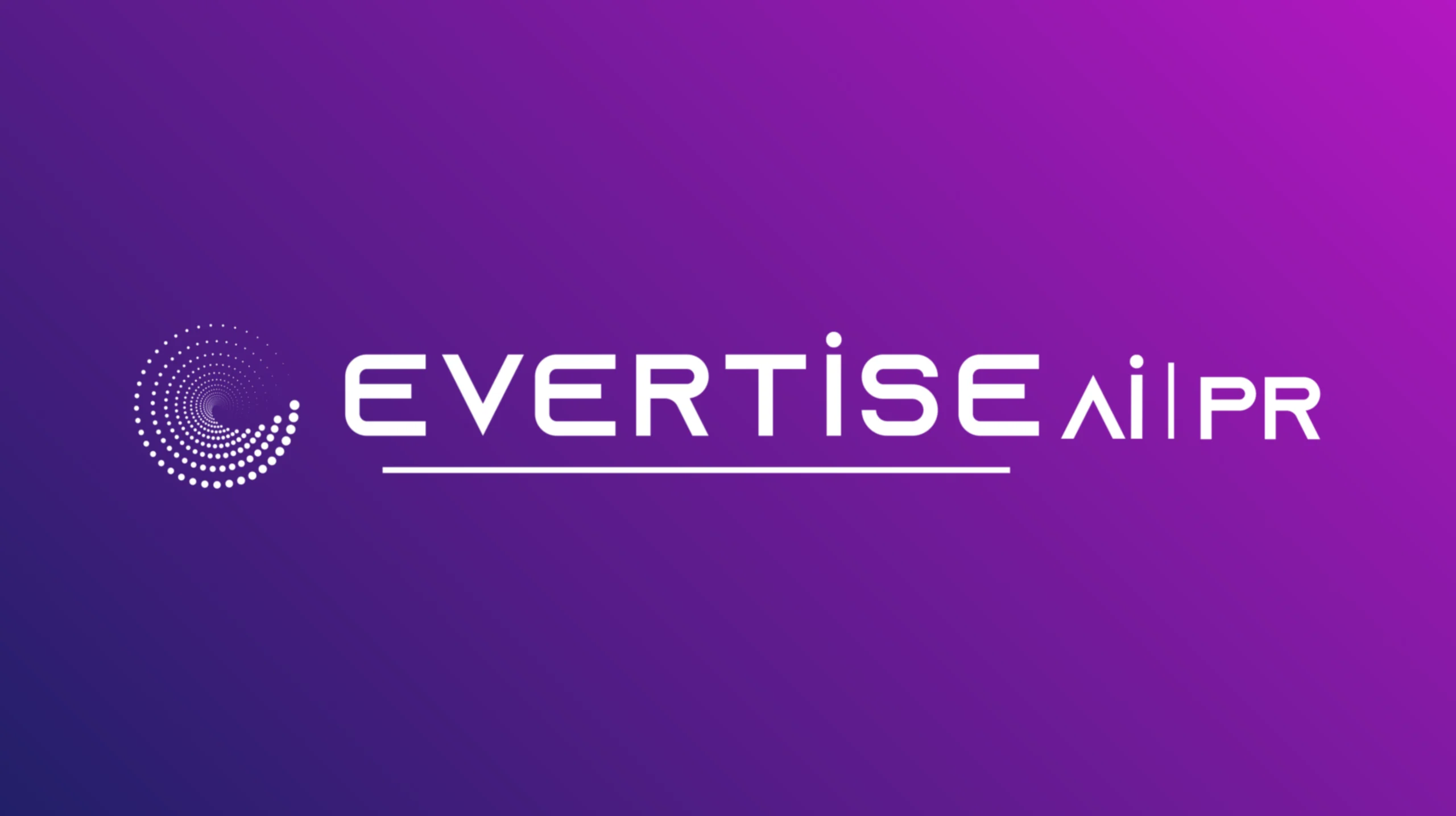Creating a seamless onboarding experience is crucial for any organization. As an HR professional, you play a vital role in ensuring new employees feel welcomed and supported from day one. This article will explore the best practices to help you craft an outstanding onboarding experience.
1. Start Before Day One: Pre-Onboarding Matters!
Building anticipation and setting expectations is critical to making new employees feel excited about their upcoming journey with the company. As part of your onboarding best practices, consider sending them a welcome email or package that includes relevant information, such as the schedule for their first week, information about team members they will be working with, and any pre-reading material to familiarize themselves with the company’s culture and values.
2. Personalize Their Experience
No two new hires are alike, so tailoring the onboarding process to individual needs is essential. Involve managers or team leaders in discussions to understand new hires’ goals and expectations—and how they align with the company’s objectives. This allows you to personalize their onboarding experience by providing appropriate resources, training modules, or mentors who can support their growth.
3. Design a Comprehensive Orientation Program
A well-designed orientation program sets the tone for new employees’ overall experience within your organization. Ensure that it covers all necessary topics such as company history, organizational structure, policies and procedures, benefits packages, safety precautions, opportunities for advancement, interdepartmental collaborations, and more.
4. Make Time for Introductions
Connecting new hires with their teammates is vital during onboarding—the more comfortable they feel within their immediate work environment, the quicker they’ll acclimate to your company’s culture. Plan ice-breaking activities or informal sessions where team members can introduce themselves and share their roles and responsibilities while embarking upon some fun activities together.
5. Foster Mentorship Programs
Pairing new employees with experienced mentors can accelerate their learning and integration into the organization. Mentors should be individuals who are not directly responsible for evaluating the new hires, fostering an atmosphere of openness and trust. Through regular check-ins and guidance, mentors can help newcomers navigate company procedures, introduce them to influential individuals within the organization, and provide support throughout their onboarding journey.
6. Provide Clear Expectations
Clarity regarding job responsibilities and expectations is crucial for new employees’ success. Ensure that their immediate supervisors outline specific goals and objectives from day one. Regular feedback sessions help identify areas of improvement while also recognizing achievements and reinforcing a culture of continuous growth within your organization.
7. Encourage Continuous Learning Opportunities
Keep the momentum going beyond the onboarding period by providing continuous learning opportunities and avenues for personal development. This might include access to online training platforms, conferences or seminars related to their field, mentorships with senior leaders, and book clubs focused on professional enrichment. Any initiatives that promote knowledge-sharing will contribute to employee engagement as they continuously learn and grow in their roles.
8. Solicit Feedback
Regularly seeking feedback from new hires during and after onboarding helps identify strengths and areas where improvements can be made. Constructive feedback allows you to refine your onboarding process further, making adjustments based on real-time experiences shared by new employees.
9. Utilize Technology to Enhance Onboarding
In today’s digitally driven world, leveraging technology can significantly enhance onboarding. Exploring various HR software systems that streamline paperwork, automate administrative tasks, and provide a digital space for employees to access essential resources and information quickly. Embracing digital tools also allows for more efficient communication and collaboration among team members.
10. Create Opportunities for Cultural Integration
A successful onboarding process focuses on integrating new hires into their roles and immersing them in the company’s culture. Organize team-building activities, social events, or volunteer initiatives that allow new employees to connect with their colleagues organically. Encouraging participation in employee resource groups or affinity networks can further enhance cultural integration by creating safe spaces for individuals to engage with others who share similar backgrounds or interests.
Conclusion
Crafting an exceptional onboarding experience sets a positive trajectory for your employees’ journey with your company from day one. By personalizing their experience, designing a comprehensive orientation program, fostering relationships through mentorship programs, providing clarity of expectations, and encouraging continuous learning opportunities while welcoming feedback, HR professionals become facilitators of seamless transitions and set new hires up for long-term success within your organization!


